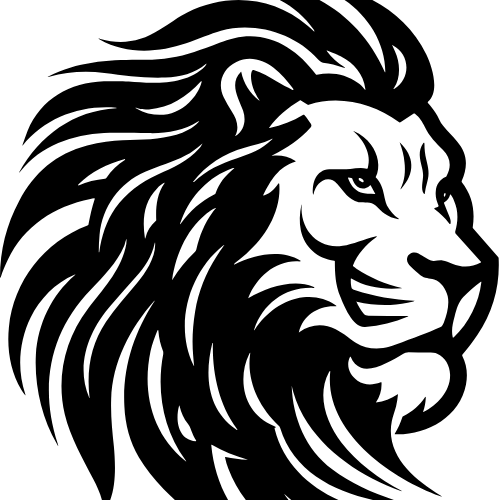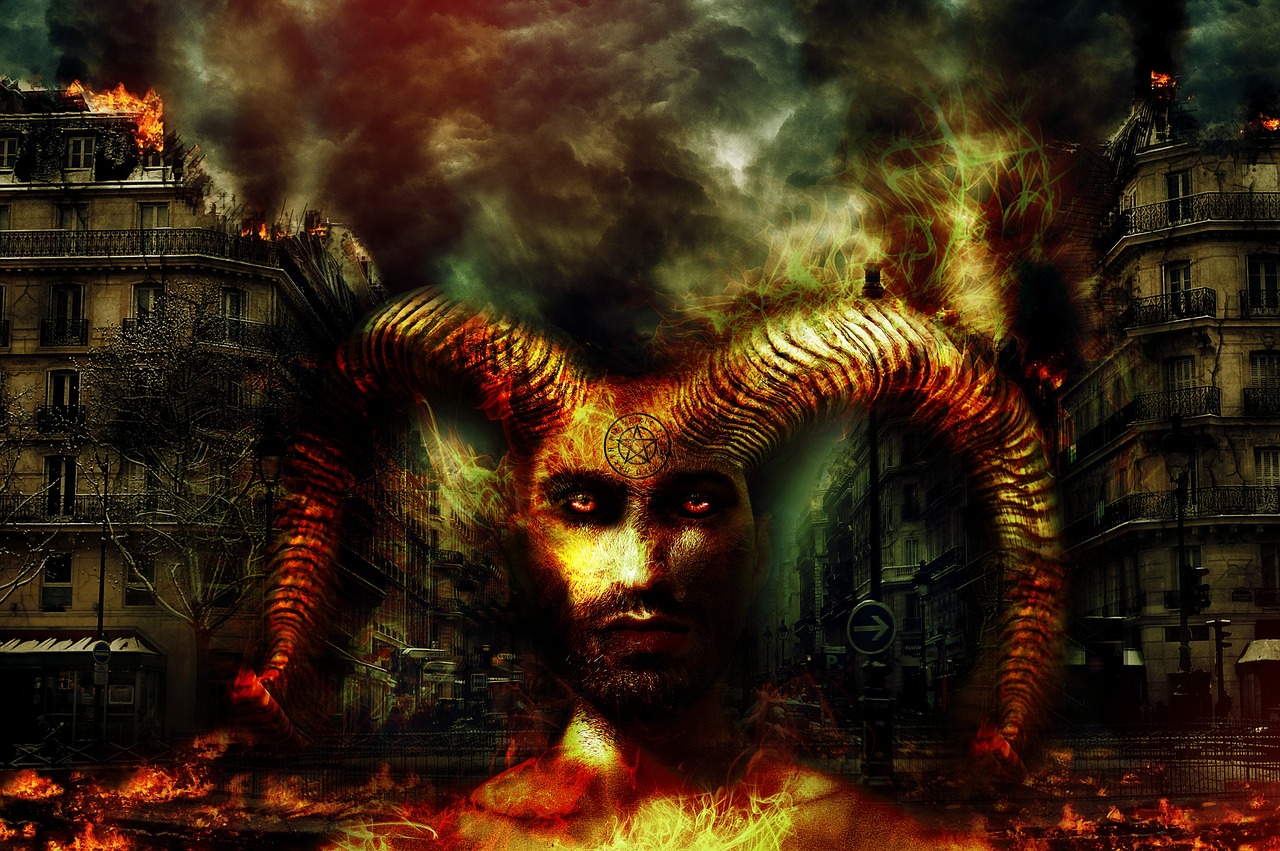The Bible is filled with stories of miracles, wisdom, and lessons of faith. Among its pages, we encounter remarkable creatures that spark the imagination—monsters that embody chaos, evil, and divine judgment. This list explores the top ten monsters in the Bible, ranked from ten to one, revealing their significance and impact on biblical narratives.
10. Behemoth
Reference: Job 40:15-24
The Behemoth is often interpreted as a giant land creature, possibly representing strength and stability. Described as having powerful limbs and a tail like a cedar tree, this beast symbolizes God’s creation and might. Some scholars suggest that it might be based on a hippopotamus or an elephant, but its exact identity remains a mystery, adding to its legendary status.
Why It Matters
The Behemoth serves as a reminder of God’s omnipotence and the beauty of His creations. It illustrates the theme of God’s dominion over all creatures, urging humanity to recognize their place in the divine order.
9. Leviathan
Reference: Job 41:1-34
Leviathan is a fearsome sea monster often depicted as a serpent or dragon. Its imagery evokes chaos and destruction, representing the untamable forces of nature. In various biblical texts, Leviathan symbolizes evil and opposition to God, contrasting with the order God instills in creation.
Significance
The portrayal of Leviathan serves as a metaphor for the struggles faced by humanity against overwhelming odds. It reminds readers that faith and perseverance can overcome even the most daunting challenges.
8. The Serpent
Reference: Genesis 3:1-15
The serpent in the Garden of Eden is perhaps one of the most recognizable biblical figures. Representing temptation and deceit, this creature played a pivotal role in humanity’s fall from grace. The serpent’s cunning nature led Eve to eat the forbidden fruit, which brought sin into the world.
Impact on Theology
The serpent’s role highlights themes of temptation, free will, and the consequences of disobedience. Its legacy continues to shape Christian teachings about sin and redemption.
7. The Four Living Creatures
Reference: Ezekiel 1:5-10; Revelation 4:6-8
Described as having the likeness of a man, a lion, an ox, and an eagle, the Four Living Creatures are celestial beings that surround God’s throne. Their multifaceted nature represents various aspects of creation and emphasizes the glory of God.
Symbolic Importance
These creatures symbolize divine majesty and the interconnectedness of all living things. Their presence in both the Old and New Testaments illustrates the continuity of God’s creation and His ultimate sovereignty.
6. The Scorpion
Reference: Luke 10:19
While not a monster in the traditional sense, the scorpion is used symbolically in the Bible to represent danger and evil. Jesus mentions it in the context of His authority over all things, including harmful creatures, emphasizing the protection He provides to His followers.
Theological Implications
The scorpion serves as a reminder of the spiritual battles Christians face and the reassurance that, with faith, they can overcome any evil or temptation.
5. The Beast of Revelation
Reference: Revelation 13:1-10
The Beast of Revelation is a powerful symbol of evil and opposition to God, often associated with the end times. With seven heads and ten horns, this creature represents the ultimate rebellion against divine authority. Its ominous presence is a warning of the trials and tribulations to come.
Significance in Eschatology
The Beast illustrates the struggle between good and evil, serving as a reminder for believers to remain steadfast in their faith amidst adversity. It calls attention to the ultimate victory of good over evil as foretold in biblical prophecy.
4. Goliath
Reference: 1 Samuel 17
Goliath, the Philistine giant, is famous for his battle against the young David. Standing over nine feet tall, Goliath embodies fear and oppression, challenging Israel’s armies. His defeat at the hands of David, armed only with a sling and stone, illustrates the triumph of faith and courage over seemingly insurmountable odds.
Lessons Learned
Goliath’s story is a powerful reminder that strength is not solely measured in physical stature but in faith and conviction. It encourages believers to confront their own “giants” with confidence in God’s support.
3. The Dragon
Reference: Revelation 12:3-17
The Dragon in Revelation symbolizes Satan and the forces of evil. Described as a great red dragon with seven heads and ten horns, it represents chaos, destruction, and opposition to God’s people. Its role in the apocalyptic narrative underscores the cosmic battle between good and evil.
Theological Significance
The Dragon serves as a potent symbol of spiritual warfare, reminding believers of the ongoing struggle against sin and temptation. It emphasizes the importance of vigilance and faith in the face of evil.
2. The Nephilim
Reference: Genesis 6:1-4
The Nephilim are described as the offspring of the “sons of God” and the “daughters of men.” Often depicted as giants, they are associated with violence and corruption. Their presence in the pre-flood narrative serves as a warning about the consequences of straying from God’s ways.
Implications for Humanity
The Nephilim symbolize the consequences of human disobedience and the pervasive nature of sin. Their story invites reflection on moral choices and the impact of those choices on society.
1. Satan
Reference: 1 Peter 5:8
At the pinnacle of biblical monsters is Satan, the adversary of God and humanity. Often depicted as a serpent or dragon, Satan represents the ultimate evil, seeking to lead people away from God’s truth. His role in the Bible is multifaceted, serving as tempter, accuser, and deceiver.
The Ultimate Adversary
Satan’s significance in scripture underscores the reality of spiritual warfare and the need for believers to remain vigilant. His ultimate defeat, as prophesied in Revelation, assures believers of the victory of good over evil.
Conclusion
The monsters of the Bible are more than mere legends; they are rich symbols that convey profound truths about faith, temptation, and the battle between good and evil. From the Behemoth and Leviathan to Satan and the Dragon, these creatures serve to illuminate the complexities of the human experience and the divine narrative. As we reflect on these biblical monsters, we are reminded of the enduring power of faith, the importance of vigilance against temptation, and the ultimate triumph of good in the face of evil.
Whether you’re a lifelong student of the Bible or a newcomer, exploring these monsters offers valuable insights into the spiritual battles we face and the strength we can find in faith.





Leave a Reply